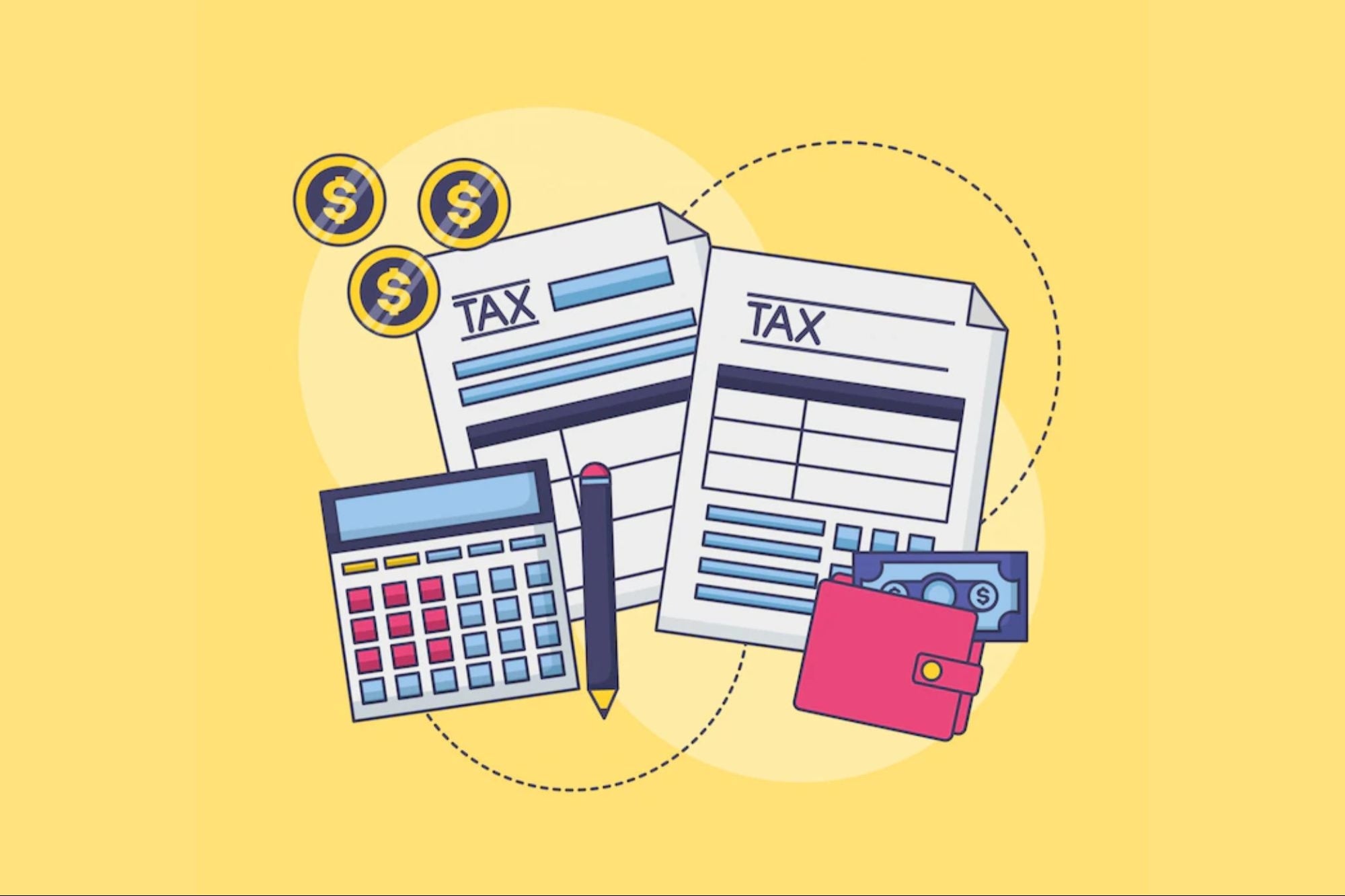Six Ways To Avail Tax Benefits Under Section 80C Section 80C provides for payers to reduce their taxable income annually up to a limit of INR 1.5 lakh. Here are six tax-saving investment schemes which not only decrease your tax but help in wealth generation
You're reading Entrepreneur India, an international franchise of Entrepreneur Media.

Everyone would love to get a rebate on their taxes filed. At least I would, wouldn't you? And if you are one of the large population who are resorting to filing under the Old Tax Regime, you have several options to decrease your taxable income. And one of the most preferred choices is availing exemption under section 80C. The section provides for payers to reduce their taxable income annually up to a limit of INR 1.5 lakh.
The limit was last increased during 2014-15 by INR 50,000, as announced by the then Finance Minister Arun Jaitley during the budget. However, for the past two-three years, taxpayers and the industry have been hoping for another increase in the limit, preferably INR 2.5 to 3 lakh. While we can do nothing but wait for the announcement, here are six tax-saving investment schemes which not only decrease your tax but help in wealth generation-
Public Provident Fund-Introduced in 1968, PPF is aimed at mobilising small-ticket savings while at the same time providing tax concessions to the individual. The minimum and maximum annual contributions towards this are INR 500 and INR 1,50,000, respectively. The lock-in period for this instrument is 15 years at an annual interest rate of 7.1 per cent.
Life Insurance Premium- Life Insurance is a great instrument to assure financial protection and is applicable for tax exemption. Premiums paid against policy for self or family members can be claimed under 80C up to INR 1.5lakh. However, you can only claim exemptions up to 10 per cent of the sum assured annually. If your policy premium is over 10 per cent of the sum assured, it does not qualify for tax benefits if the policy is issued on or after 1-4-2012. While deductions up to 20 per cent on the sum assured is allowed for policies issued on or before 31-3-2012.
Equity Linked Saving Schemes- One of the most preferred options under section 80C is ELSS. ELSS mutual funds are the only MFs which qualify for tax deductions. The scheme utilises at least 80 per cent of its assets in the stock market and hence, tends to give good returns. It also has one of the lowest lock-in periods under the scheme, with three years. On redeeming the investment plus gains made, one becomes eligible for long-term capital gains where no gain is taxable if under INR 1 lakh and 10 per cent on gains exceeding the amount.
Sukanya Samriddhi Yojana- Launched in 2015, this saving scheme aims at empowering and encouraging girl child's education with tax deduction benefits. The annual minimum and maximum contributions are INR 250 and INR 1,50,000, respectively, at a lock-in period of 21 years with a 7.6 per cent annual interest rate. SSY accounts can be opened with Post Offices or authorised banks.
Tax Saving FD- A form of deposit scheme, Tax Saving FDs are similar to that of regular fixed deposits. The minimum and maximum annual investments are INR 1000 and INR 1,50,000, respectively. The lock-in period in this is a minimum of five years. However, premature withdrawal is not allowed.
National Pension System- This scheme allows the working population (organised and unorganised sectors) to benefit from a post-retirement pension. Any Indian citizen between the ages 18 and 60 can open an NPS account. The lock-in is mandatory till the individual turns 60. The interest rate provided in this ranges between 9 per cent to 12 per cent. This scheme is available for all individuals except the armed forces, while all central government employees are automatically covered under this.










